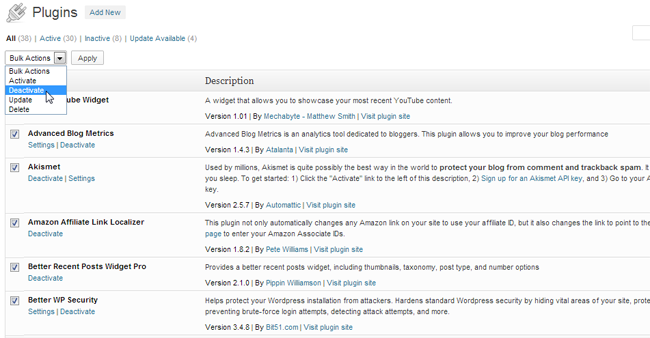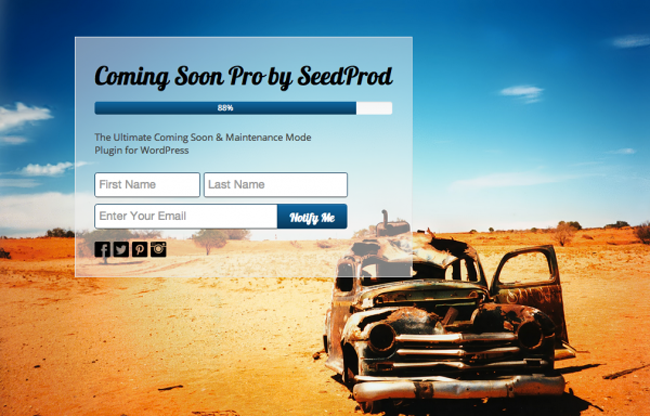Returning to a website you haven’t updated in a long time is a little bizarre. Relaunching this blog at the end of November was akin to returning to an old family house that was covered in cobwebs. Most of the blogs that were listed in my blogroll are no longer updated and the themes and plugins that I used to use on this blog have not been updated in years.
Today I’d like to talk about the steps necessary in order to relaunch a WordPress website that hasn’t been updated in a long time. Those of you who have a concious effort to get your blog growing again should find this useful :)
Before we start, you should review your own situation. Everyone’s situation is unique, however most blogs can be placed in one of the following categories:
- Blogs which have not been updated for a long time but still get a lot of traffic.
- Blogs which have not been updated for a long time and get little to no traffic.
If your blog is not getting much traffic, you don’t have to worry too much about changing things around. You can easily switch off your blog whilst you work on things. If your old blog still gets a lot of traffic, you might not want to shut it down, particularly if it still brings you in some revenue.
1. Add a Landing Page (Optional)
If your blog doesn’t get a lot of traffic, I highly recommend replacing your home page with a landing page. Doing so allows you to promote the upcoming re-launch of your website before it goes live.
A lot of landing page solutions use a WordPress theme to power the landing page, as they tend to be more advanced than plugin solutions. A good example of this is Launch Effect. The downside to using a WordPress theme for your landing page is that you cannot work on your live website before it launches, you would need to work on everything in a test area.
I’ve mostly used plugin solutions for relaunching blogs in the past (including this one). A good option is Ultimate Coming Soon Page. It’s free to download however there is a premium option that has some great advanced features such as Aweber and MailChimp integration.
If your old blog still gets a lot of traffic, it’s still in your interests to promote the relaunch. Rather than replace the website with a landing page, you can place a larger banner or message at the top of every page that promotes the fact your blog is being relaunched soon. The message should link to an announcement post or information page that explains what readers can expect on your new blog. This means, your blog will still generate money for you before the relaunch.
Whatever solution you use, try and use the news of your upcoming blog as a way of building up a solid email list. Encourage them to sign up in order to get updates of your new blog, and you can then contact them when your blog is launched to get traffic to your blog immediately.
2. Update WordPress
When you return to an old WordPress website, one of the first things you will need to do is update your installation of WordPress to the latest version. Don’t jump into this step if you are thinking about using the same design, as there is a high chance your theme may not be compatible with the latest version of WordPress.
If you are planning on keeping the existing design, it’s better to set up a WordPress test area first. This enables you to test your design with the latest version of WordPress, and check that the design and the plugins you want to use work correctly.
Unless you previously used a highly customised WordPress design, the chances are you are going to use a new WordPress theme for your website. This is advisable, as WordPress themes that are more than two or three years old are probably outdated.
3. Evaluate Your WordPress Plugins
Check all of the plugins that are installed on your website. The best thing to do is deactivate all plugins and then re-evaluate each one and see if it is needed. You may find that many of the plugins you used previously, have not been updated for years. From a security point of view, it is normally best for plugins that have not been updated in years to be deactivated.
Be strict during this process. Only reactivate plugins that are absolutely necessary.

There are lots of other things you can review before relaunching an old blog, such as removing outdated articles and deciding on your next WordPress theme. However, the most important steps are to update to the latest version of WordPress and ensure that you are only using plugins that are necessary.
Good luck,
Kevin


